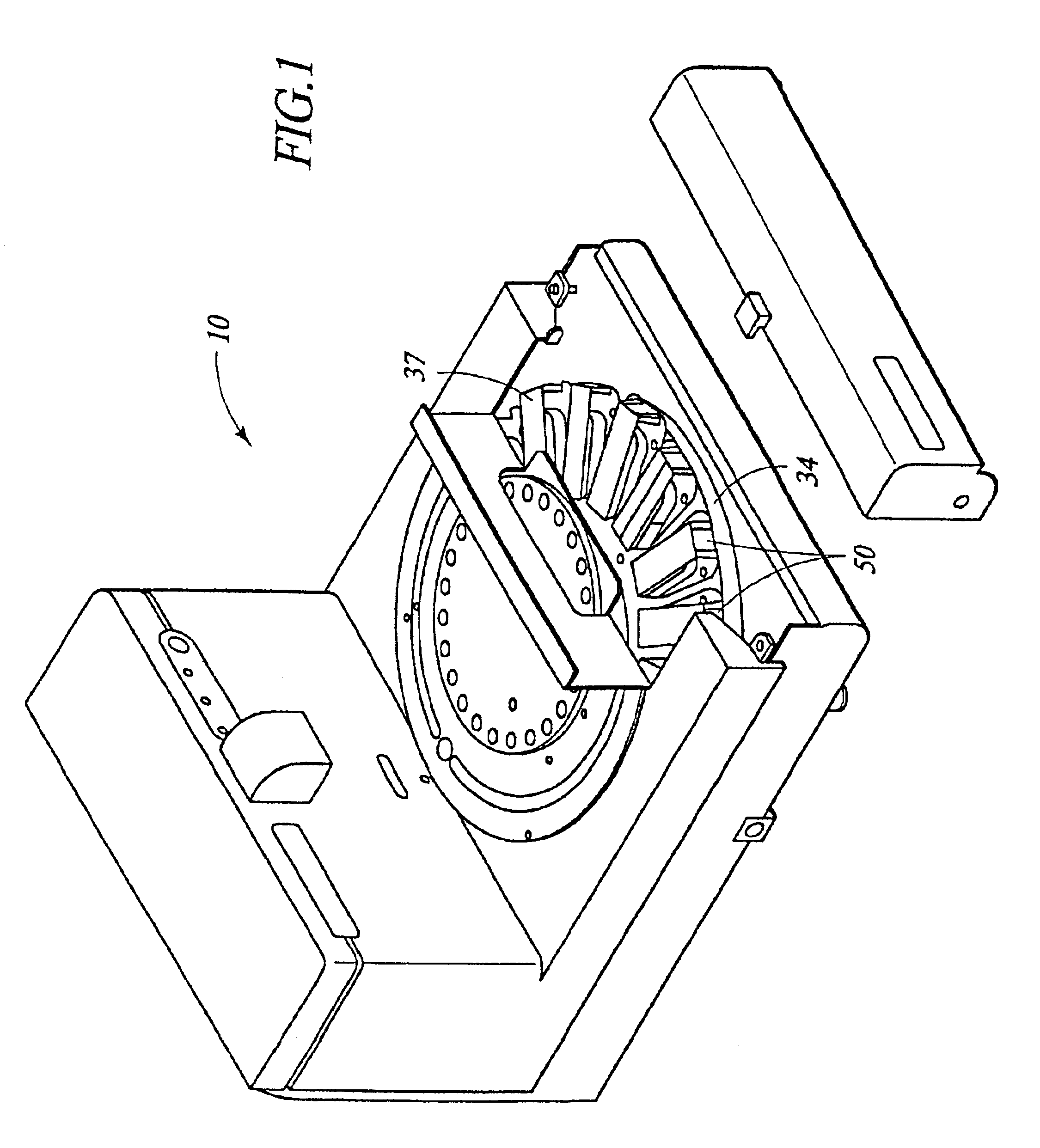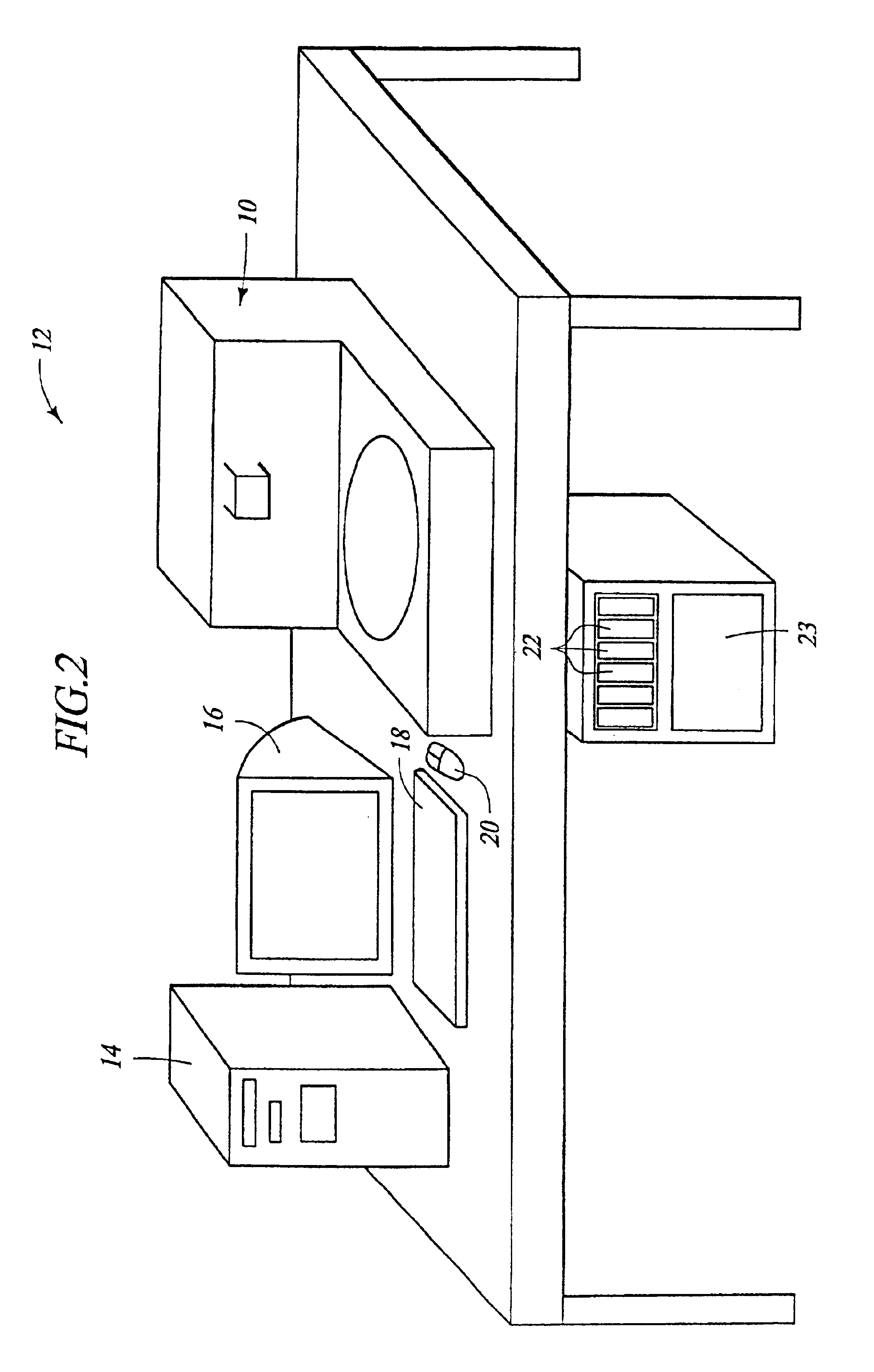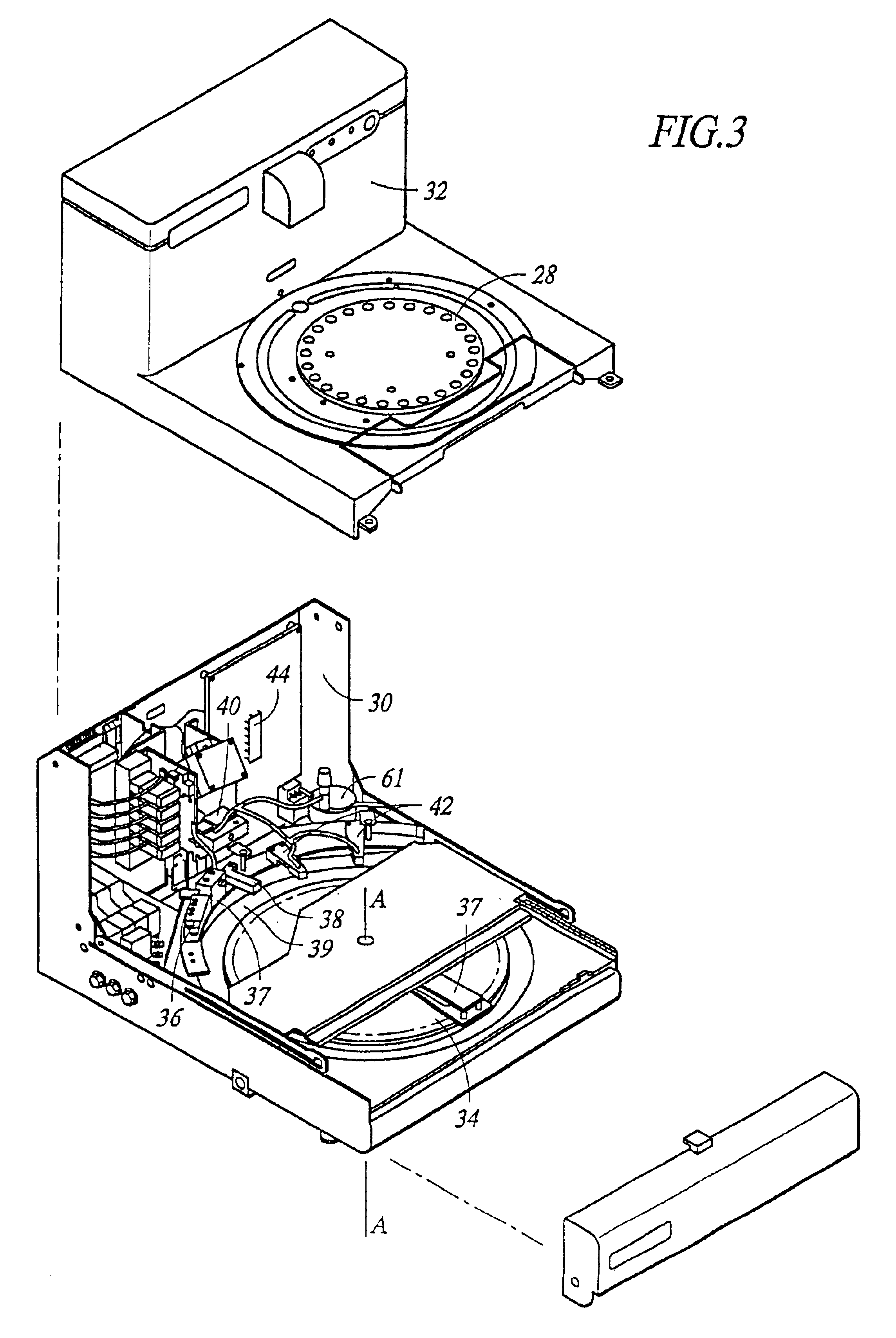Automated immunohistochemical and in situ hybridization assay formulations
- Summary
- Abstract
- Description
- Claims
- Application Information
AI Technical Summary
Benefits of technology
Problems solved by technology
Method used
Image
Examples
example 1
Automated “Exposing” and “Cell Conditioning” with Biological Samples Stained with H&E
Biological samples, including breast, stomach, brain, tonsil and kidney, that had been embedded in paraffin were exposed according to the following procedure: slides containing the above referenced biological sample were placed on an automated instrument (Ventana Medical Systems, Inc., Tucson, Ariz.) and subjected to the exposing protocol described below. Generally, the slides containing paraffin embedded biological samples were dry heated to 65° C. for six (6) minutes then rinsed with any of the following: 1) 1× citrate buffer, 2) de-ionized water, 3) 10 mM phosphate buffer (pH=6.3), or 4) 10 mM Tris-HCl buffer (pH=7.4) each containing 0.1% Triton X-100.
Exposing Protocol 1
1. Incubate for 2 minutes
2. Rinse slide
3. Adjust slide volume and apply LIQUID COVERSLIPLIQUID COVERSLIP™
4. Incubate for 6 minutes
5. Rinse slide
6. Adjust slide volume and apply LCS™
7. Increase temperature to 65.0° C.
8. Rinse slide...
example 2
Automated “Exposing” of Biological Samples with Simultaneous “Cell Conditioning”
Biological samples of kidney and tonsil that had been formalin fixed and embedded in paraffin were exposed according to the protocol described in Example 1. After automated exposing, the biological sample was subjected to the automated DAB paraffin protocol used for immunohistochemical staining. The protocol for DAB staining is described below:
DAB Protocol
1. Incubate for 2 minutes
2. Rinse slide
3. Adjust slide volume and apply LCS™
4. Rinse slide
5. Adjust slide volume and apply LCS™
6. Rinse slide
7. Adjust slide volume and apply LCS™
8. Apply one drop of inhibitor
9. Incubate for 4 minutes
10. Adjust slide volume and apply LCS™
11. Apply one drop of primary antibody
12. Incubate for 32 minutes
13. Adjust slide volume and apply LCS™
14. Apply one drop of Biotinylated Ig
15. Incubate for 8 minutes
16. Rinse slide
17. Adjust slide volume and apply LCS™
18. Apply one drop of Avidin-HRPO
19. Incubate for 8 minutes
20. Rinse ...
example 3
Two Step Automated “Exposing” and “Cell Conditioning”
Biological samples of tonsil and breast that had been preserved in paraffin and treated with formaldehyde were treated by the following protocol:
Exposing and Cell Conditioning Protocol
1. Incubate for 2 minutes
2. Increase thermofoil temperature to 65.0° C.
3. Incubate for 6 minutes
4. Rinse slide and apply LCS™
5. Incubate for 6 minutes
6. Rinse slide and apply LCS™
7. Increase thermofoil temperature to 100.0° C.
8. Adjust slide volume and apply LCS™
9. Rinse slide
10. Adjust slide volume and apply LCS™
11. Incubate for 4 minutes
12. Adjust slide volume and apply LCS™
13. Incubate for 4 minutes
14. Adjust slide volume and apply LCS™
15. Incubate for 4 minutes
16. Adjust slide volume and apply LCS™
17. Incubate for 4 minutes
18. Adjust slide volume and apply LCS™
19. Incubate for 4 minutes
20. Adjust slide volume and apply LCS™
21. Incubate for 4 minutes
22. Adjust slide volume and apply LCS™
23. Incubate for 4 minutes
24. Adjust slide volume and apply L...
PUM
| Property | Measurement | Unit |
|---|---|---|
| Fraction | aaaaa | aaaaa |
| Fraction | aaaaa | aaaaa |
| Fraction | aaaaa | aaaaa |
Abstract
Description
Claims
Application Information
 Login to View More
Login to View More - R&D
- Intellectual Property
- Life Sciences
- Materials
- Tech Scout
- Unparalleled Data Quality
- Higher Quality Content
- 60% Fewer Hallucinations
Browse by: Latest US Patents, China's latest patents, Technical Efficacy Thesaurus, Application Domain, Technology Topic, Popular Technical Reports.
© 2025 PatSnap. All rights reserved.Legal|Privacy policy|Modern Slavery Act Transparency Statement|Sitemap|About US| Contact US: help@patsnap.com



